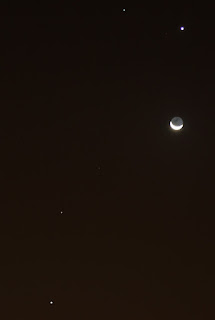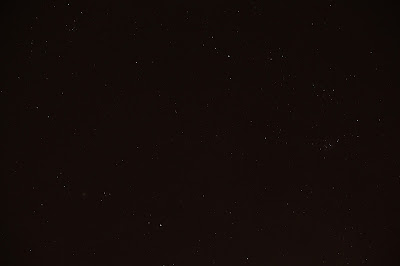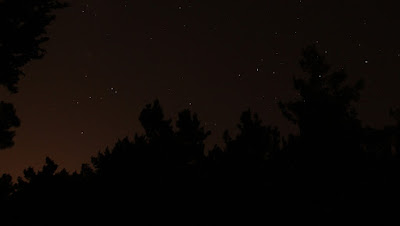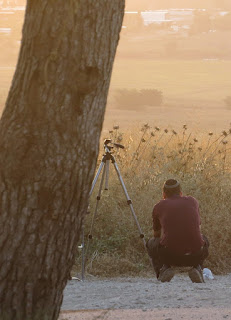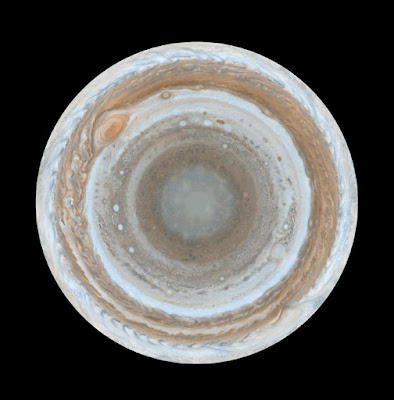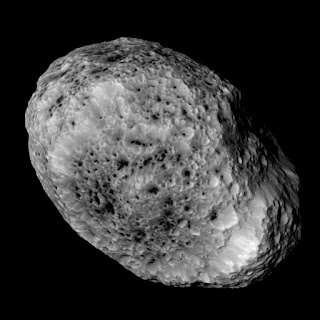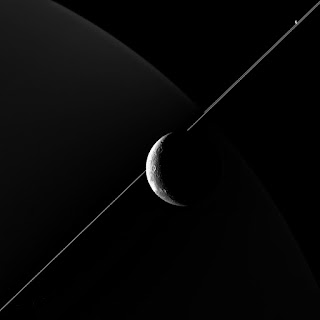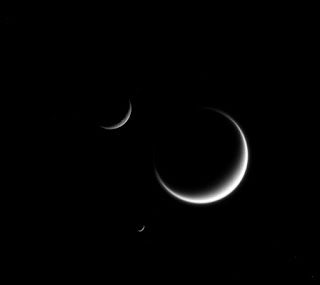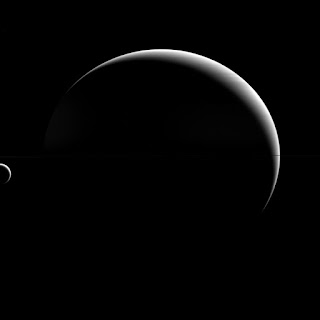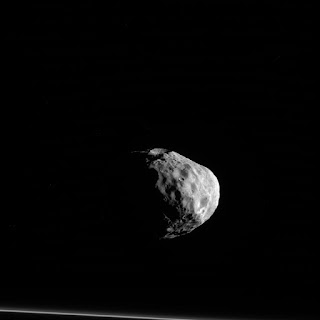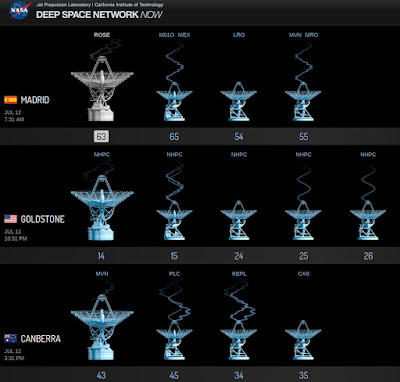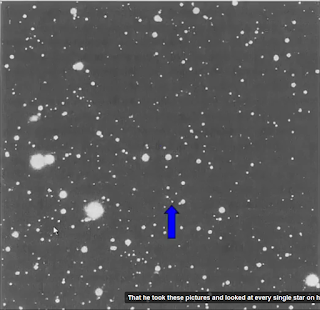Hello and and welcome to Carnival-of-Space #435. If you are from North America maybe you saw (or still able to see ) the Venus daytime occultation today (7-Dec-2015). I am from Israel and the occultation is long after the moon sets. Here is a photo from this morning they are so close and getting closer by the hour! Venus is at the bottom left. the photo was taken with a smartphone camera (LG G4). Indeed anyone can take such a photo so go and try (Just make sure that the sun is blocked from your view)!
Here is also my video from 2007. Also, get ready for the Gemenid meteor shower next week. Plan ahead for either Saturday, Sunday or Monday night according to your location and enjoy.
 |
| The moon and Venus (bottom left) 7-Dec-2015 |
Here is also my video from 2007. Also, get ready for the Gemenid meteor shower next week. Plan ahead for either Saturday, Sunday or Monday night according to your location and enjoy.
And holidays are taking place. The Jewish world is celebrating Hanukkah and others are getting ready for Christmas and new year. Here is the traditional Menorah with Venus and Jupiter as candles. Happy holidays to you all, regardless of your faith and beliefs, may your life be filled with light and happiness!!!
Whats in CoS this week?
From Planetaria:
- Drones on Mars? small ‘helicopter-like’ scout could be added to Mars 2020 rover mission.
From EverydaySpacer
- The Year in Space 2016 looks like a great Calendar. Steve Cariddi has done it again! In cooperation with The Planetary Society, read about the next great Wall Calendar that's more like a changing poster. More beautiful pictures, bio and historical facts will entertain you for another 12 months!
From NextBigFuture:
- "NASA’s Solar Probe Plus mission — which will fly closer to the Sun than any spacecraft has before — reached a major milestone last month when it successfully completed its Critical Design Review (CDR).
- "President Obama signed the U.S. Commercial Space Launch Competitiveness Act (H.R. 2262) into law. This law recognizes the right of U.S. citizens to own asteroid resources they obtain and encourages the commercial exploration and utilization of resources from asteroids.
- "A team of astronomers have used the LCOGT network to detect light scattered by tiny particles (called Rayleigh scattering), through the atmosphere of a Neptune-size transiting exoplanet. This suggests a blue sky on this world which is only 100 light years away from us. The result was published in the Astrophysical Journal on November 20 (and is available on ArXiV).They observed several transits of GJ 3470b, a warm Neptune analog around an early M dwarf, in four different bands with the LCOGT and Kuiper telescopes."
- "China carried out a sixth flight test of its new high-speed nuclear attack vehicle on Monday designed to defeat U.S. missile defenses or carry out global strikes. The ultra-fast maneuvering strike weapon known as the DF-ZF hypersonic glide vehicle was launched atop a ballistic missile fired from the Wuzhai missile test center in central China’s Shanxi Province, according defense officials.The vehicle separated from its launcher near the edge of the atmosphere and then glided to an impact range several thousand miles away in western China, said officials familiar with details of the test."
From UniverseToday:
And an interesting fresh photo of Earth and moon from Japanese mission Hayabusa 2 from last week taken 3 million KM from Earth toward an Earth flyby in the way to its destination. I like "Earth from space photos" and collected many of them to this article in the link mentioned. That's all for this week.
 |
| Earth and moon. Hayabusa 2 25-11-2015. Credit: Jaxa |









